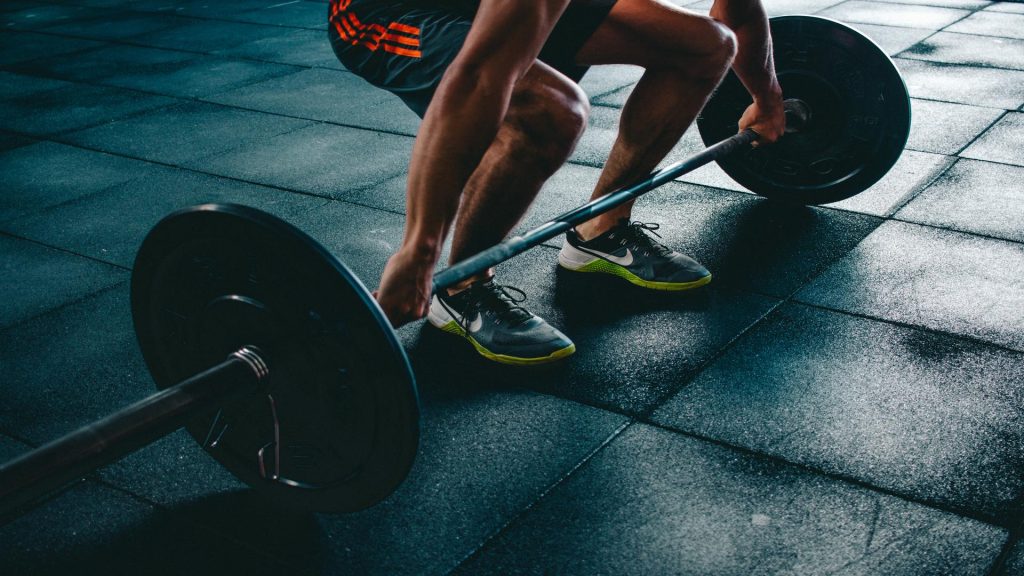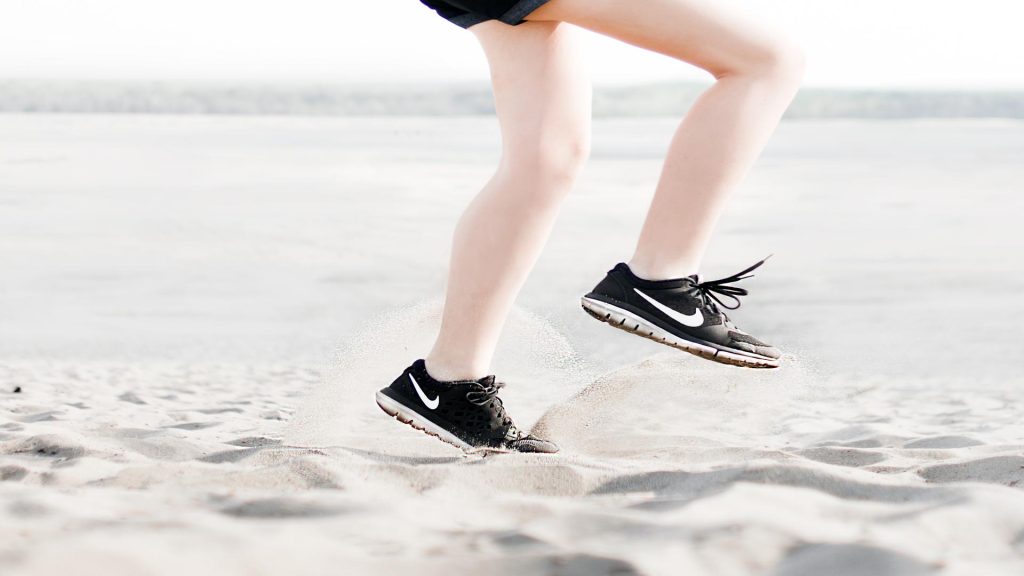
Article Outline
I. Introduction
A. Definition of Teen Fitness Activities
B. Importance of Teen Fitness
II. Benefits of Teen Fitness Activities
A. Physical Health Benefits
1. Improved Cardiovascular Health
2. Increased Strength and Endurance
3. Enhances Flexibility
B. Mental Health Benefits
1. Reduced Stress and Anxiety
2. Boosted Mood and Self-Esteem
3. Improved Cognitive Function
C. Social Benefits
1. Opportunities for Social Interaction
2. Team Building and Cooperation Skills
3. Sense of Belonging and Friendships
III. Types of Teen Fitness Activities
A. Aerobic Exercises
1. Running and Jogging
2. Cycling
3. Dancing
B. Strength Training
1. Bodyweight Exercises
2. Weightlifting
3. Resistance Band Workouts
C. Flexibility Exercises
1. Yoga
2. Stretching Exercises
3. Pilates
D. Sports Participation
1. Soccer
2. Basketball
3. Swimming
IV. Creating a Teen Fitness Plan
A. Setting Goals
B. Choosing Suitable Activities
C. Scheduling and Time Management
D. Staying Consistent and Motivated
V. Safety Considerations for Teen Fitness Activities
A. Proper Warm-Up and Cool Down
B. Using Appropriate Equipment and Gear
C. Hydration and Nutrition
D. Avoiding Overtraining and Burnout
VI. Frequently Asked Questions
A. What are the recommended daily exercise guidelines for teenagers?
B. Can teenagers lift weights without stunting their growth?
C. Are there any specific fitness activities suitable for overweight teens?
D. How can parents support and encourage their teens to engage in fitness activities?
E. Can excessive exercise negatively affect a teenager's health?
Article
Introduction
Teen fitness activities refer to physical exercises and sports that are specifically designed for adolescents to help them maintain a healthy lifestyle, develop physical strength, and improve their overall well-being. With the increasing sedentary lifestyle and prevalence of technology, it has become crucial for teenagers to engage in regular fitness activities to combat the negative effects of a sedentary lifestyle and promote their physical and mental health.
Benefits of Teen Fitness Activities
Physical Health Benefits
Regular involvement in fitness activities brings numerous physical health benefits for teenagers. Firstly, it improves cardiovascular health by strengthening the heart and lungs. Engaging in activities such as running, cycling, or dancing enhances endurance and helps improve the overall fitness levels of teenagers. Additionally, fitness activities lead to increased strength and muscle development, contributing to better overall physical performance. Flexibility exercises like yoga or stretching can improve range of motion, preventing injuries.
Mental Health Benefits
Teen fitness activities also have positive effects on mental health. Regular exercise is known to reduce stress and anxiety levels by releasing endorphins, the body's natural mood-enhancing chemicals. Physical activity has been linked to improved cognitive function and better academic performance. Teenagers participating in fitness activities often experience heightened self-esteem and a boost in overall mood, thanks to the release of neurotransmitters such as dopamine and serotonin.
Social Benefits
Engaging in fitness activities also offers various social benefits for teenagers. Sports and group workouts provide opportunities for social interaction, fostering friendships and a sense of belonging. Team-based fitness activities help develop cooperation skills, communication, and teamwork. The bonding experiences gained through these activities have a positive impact on overall social well-being.
Types of Teen Fitness Activities
There are several types of fitness activities suitable for teenagers, each targeting different aspects of physical fitness.
Aerobic Exercises
Aerobic exercises focus on cardiovascular conditioning and improving endurance. Some popular aerobic activities suitable for teens include running or jogging, cycling, and dancing. These activities increase heart rate, respiratory capacity, and overall stamina.
Strength Training
Strength training involves exercises that target muscle strength and development. Teenagers can engage in bodyweight exercises like push-ups, squats, and planks to help build strength using their own body mass. Weightlifting and resistance band workouts are other effective options for teenagers to enhance muscular and bone strength.
Flexibility Exercises
Flexibility exercises are essential for maintaining joint mobility and preventing injuries. Activities like yoga, stretching exercises, and pilates improve flexibility, balance, and posture. These exercises can be incorporated into a teenager's fitness routine to ensure well-rounded physical development.
Sports Participation
Participating in sports is an excellent way for teenagers to engage in fitness activities while enjoying competitive or recreational pursuits. Sports such as soccer, basketball, and swimming provide opportunities for cardiovascular exercise, teamwork, skill development, and overall physical fitness.
Creating a Teen Fitness Plan
When creating a fitness plan for teenagers, it is important to take into account their individual goals, preferences, and abilities. Here are some key factors to consider:
Setting Goals
Help teenagers set realistic and attainable fitness goals. These goals can include improving endurance, building strength, losing weight, or enhancing overall fitness levels. Setting goals provides motivation and a sense of direction.
Choosing Suitable Activities
Take into account the teenager's interests and abilities when selecting fitness activities. It's essential to choose exercises that they enjoy and are more likely to engage in consistently. This increases the chances of sticking to the fitness plan long-term.
Scheduling and Time Management
Encourage teenagers to schedule their fitness activities into their daily routine. Balancing school, extracurricular activities, and leisure time can be challenging, but setting aside dedicated time for fitness is essential. Time management skills are crucial for establishing a regular fitness routine.
Staying Consistent and Motivated
Consistency is key in any fitness plan. Encourage teenagers to stay motivated by tracking progress, celebrating achievements, and finding fitness buddies or mentors who can provide support and accountability.
Safety Considerations for Teen Fitness Activities
While engaging in fitness activities, it is important to prioritize safety to prevent injuries. Here are some safety considerations:
Proper Warm-Up and Cool Down
Before beginning any physical activity, teenagers should engage in a proper warm-up session to prepare their muscles and joints for exercise. Cooling down after physical activity helps bring the body back to a normal resting state and promotes muscle recovery.
Using Appropriate Equipment and Gear
Using well-fitted athletic shoes, suitable clothing, and proper safety equipment is essential to prevent injuries during fitness activities. Wearing protective gear for contact sports is particularly important to minimize the risk of injury.
Hydration and Nutrition
Hydration is crucial during physical activity, especially for teenagers who may not be as aware of their body's hydration needs. Encourage them to drink water before, during, and after workouts. A balanced diet with adequate nutrients is also important to support the energy demands of fitness activities.
Avoiding Overtraining and Burnout
Teens should be mindful of their bodies' limits and avoid excessive exercise that can lead to overtraining or burnout. Encourage rest days, proper sleep, and recovery periods to prevent fatigue and injury.
Frequently Asked Questions
What are the recommended daily exercise guidelines for teenagers?
The recommended daily exercise guidelines for teenagers suggest at least 60 minutes of moderate to vigorous physical activity every day. This can be achieved through a combination of aerobic exercises, strength training, and flexibility exercises.
Can teenagers lift weights without stunting their growth?
Contrary to popular belief, strength training does not stunt growth in teenagers. When done with proper technique, supervision, and appropriate loads, weightlifting can be beneficial for muscle development and overall health.
Are there any specific fitness activities suitable for overweight teens?
There are several suitable fitness activities for overweight teens. Low-impact exercises such as swimming, cycling, or walking can be great options to minimize joint stress while still providing cardiovascular benefits. Strength training can also help increase muscle mass and improve metabolism.
How can parents support and encourage their teens to engage in fitness activities?
Parents can support and encourage their teenagers to engage in fitness activities by being role models themselves, providing access to suitable fitness facilities or equipment, and participating in activities together. Encouragement, positive reinforcement, and creating a supportive environment can also go a long way in motivating teenagers to stay active.
Can excessive exercise negatively affect a teenager's health?
Excessive exercise can have negative effects on a teenager's health. Overtraining and inadequate rest can lead to fatigue, decreased immune function, hormonal imbalances, and increased risk of injury. It is important to strike a balance between exercise and rest to maintain optimal health.
Metadata
� Teen Fitness Activities
� FITNESS
� TEEN FITNESS
� Discover the benefits, types, and safety considerations for teen fitness activities. Learn how to create a fitness plan and get answers to frequently asked questions.
Thank you for reading. For more insights, visit our #healthzone#3.com/blog">BLOG. We appreciate your support!



